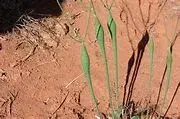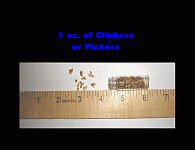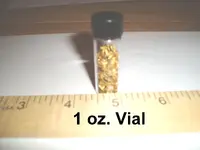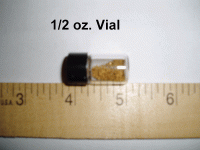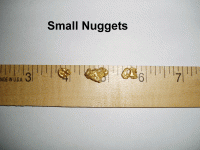Ok guy's, if you're out in the Desert looking for gold the plant that you look for is called a "Trumpet Plant" as it only grows in highly mineralized soil. Another plant that is helpful is the California Poppy as it grows in Copper rich soil and silver and gold are usually found together with copper. As any commercial miner will tell you that a gold mine is also a copper and silver mine and a silver mine is also a gold and copper mine and a copper mine is also a gold and silver mine-it all depends on the ratio of each.
The reason a dip needle was used was that it is nothing more that a sideways compass and so detected the concentrations of magnetic material in the soil and usually the higher amount of magnetite the higher amount of gold will be found which I have found to be true over the years. Also the bigger the size of the magnetite the bigger the size of the gold in a placer operation. If all your seeing is real small magnetite, keep walking.
I have taken a inexpensive liquid filled plastic Bruton compass and turned it sideways and used it to find one of the most productive areas in the desert. I first adjusted the needle so that when I turned it sideways the needle was in the middle of the side and started walking and observing the readings. The needle continued to drop till I came to this creekbed and close to the end of the hill. I then did an about face and walked back to where I came from and watched to my amazement that the needle slowly rose to it's starting position when I reached the place I started from so it does work.
Before the invention of the Proton Precession and fluxgate magnetometers, the mechanical magnetometer (like my improvised Bruton compass) was all the geologists had for surveying.




